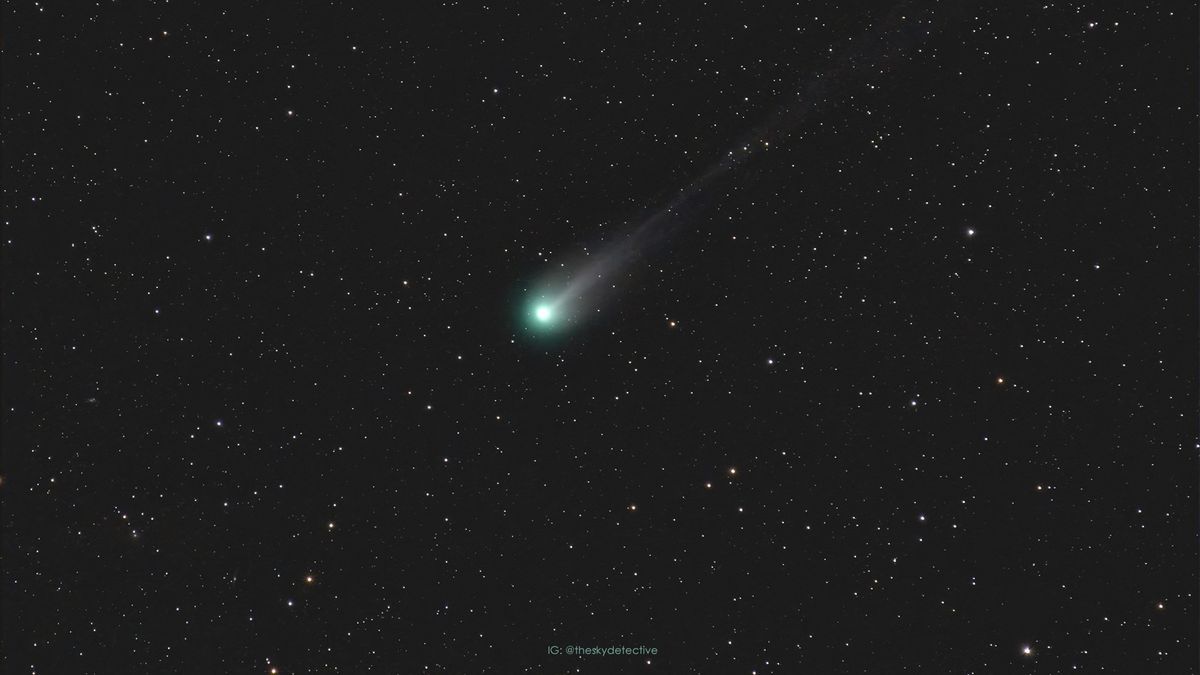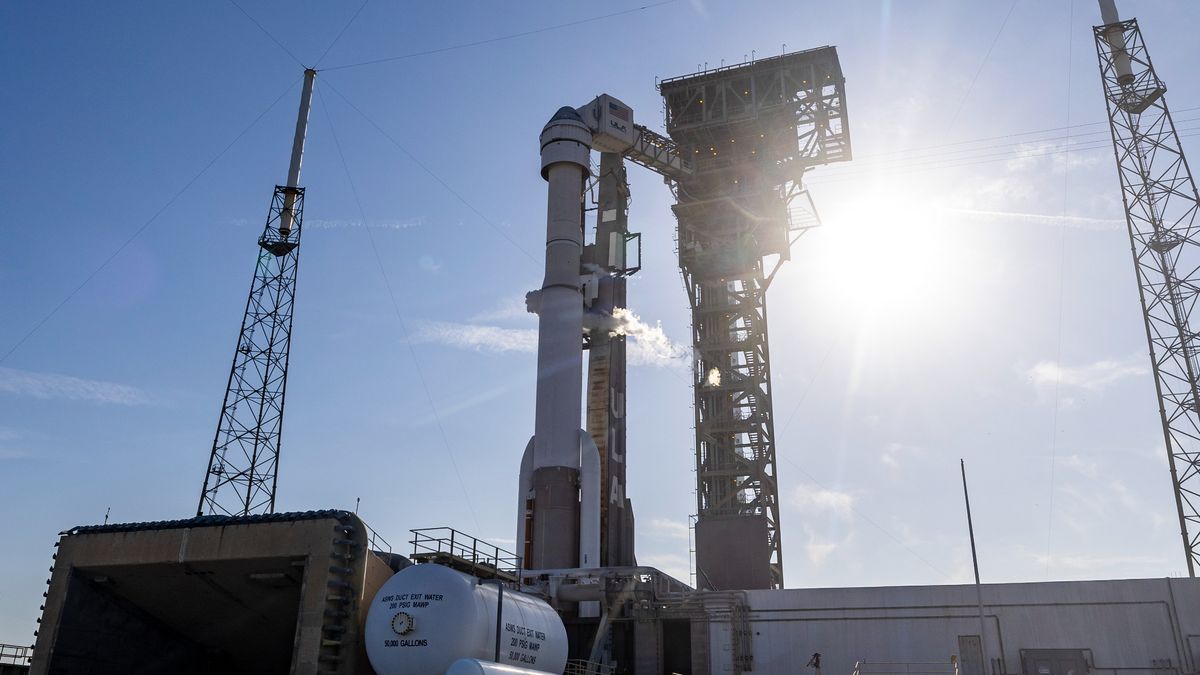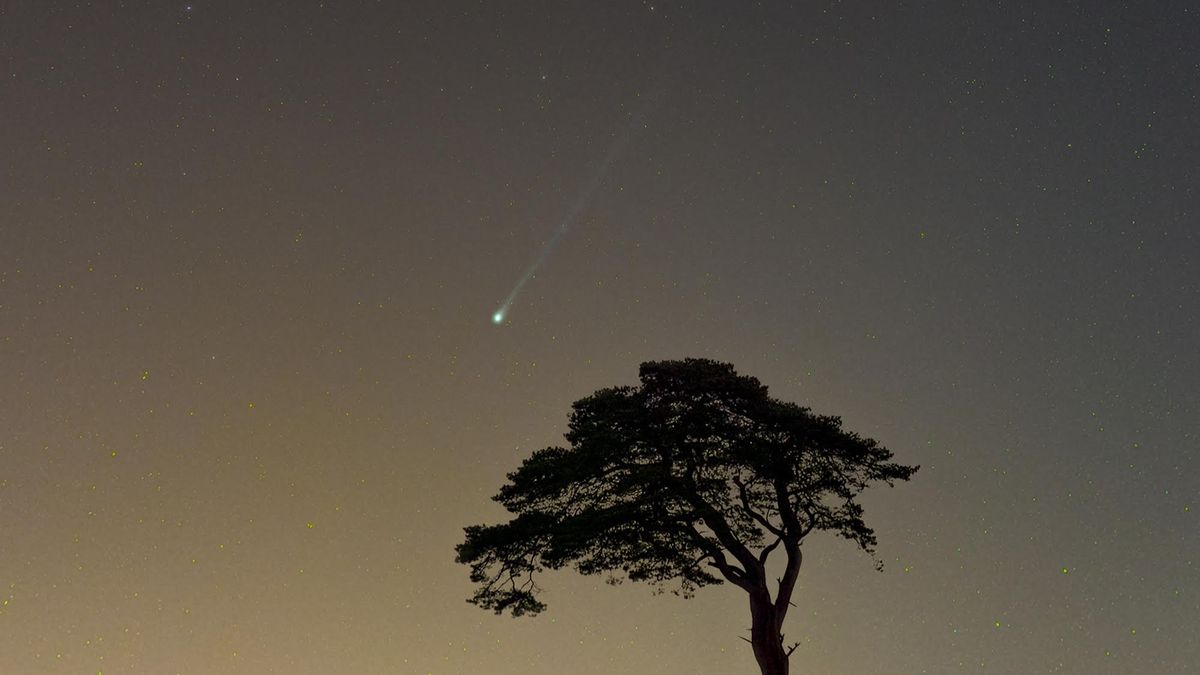Comet 12P/Pons-Brooks: A Celestial Spectacle
Comet 12P/Pons-Brooks, also known as the ‘Devil Comet,’ has captivated astronomers and skywatchers with its dazzling display in recent months. As it nears perihelion, the point in its orbit closest to the sun, on April 21, speculation abounds about its fate.
Survival at Perihelion
Fortunately, there is good news regarding the survival prospects of comet 12P/Pons-Brooks as it approaches perihelion. The comet is expected to pass at a safe distance of approximately 72.6 million miles (116.8 million km) from the sun, which is about three-quarters of the Earth’s distance from our star. This wide berth should shield the comet from the potential destruction of a close encounter.
Northern vs. Southern Hemisphere Viewers
Despite its promising survival prospects, northern skywatchers may face disappointment after perihelion. Following the solar flyby, the comet is projected to rapidly diminish in brightness, becoming primarily visible to observers in the Southern Hemisphere. Skywatching columnist Joe Rao suggests that by the end of May, the comet may dim to 6th or 7th magnitude, and by the end of June, it could fade further to 8th or 9th magnitude.
Meanwhile, viewers in the Southern Hemisphere are finally getting their chance to witness the celestial show as comet 12P/Pons-Brooks becomes visible in the southern sky. For those in the northern regions, there is still an opportunity to catch a glimpse of the ‘Devil Comet’ before it vanishes into the sunset glow.
Future Flare-Ups and Brightening
Speculation abounds regarding potential flare-ups and significant brightening of the comet in the weeks ahead. While the comet experienced a dramatic increase in brightness last summer when it was farther from the sun, experts like John Bortle suggest that any upcoming flare-ups may not lead to a substantial increase in brightness. This is due to the comet’s overall brightness already being heightened as it nears the sun, making it challenging for flare-ups to noticeably enhance its luminosity.
Following perihelion on April 21, comet 12P/Pons-Brooks will continue its journey through the solar system, with its next appearance in our skies not expected until 2095.
Image/Photo credit: source url





